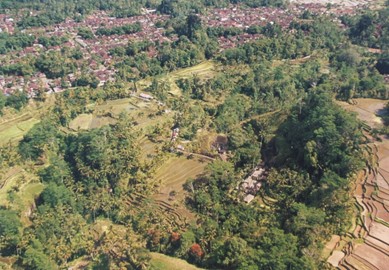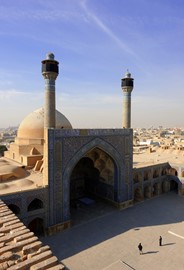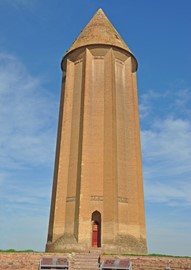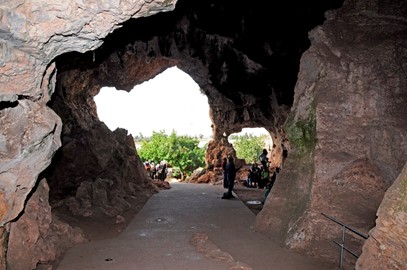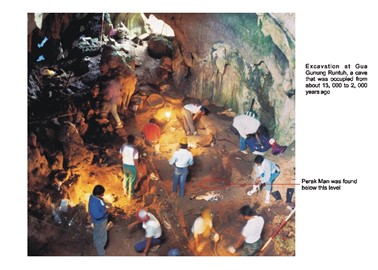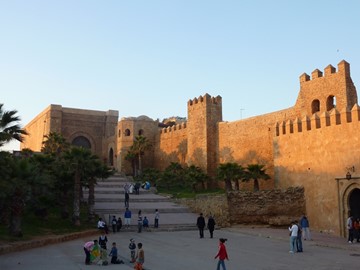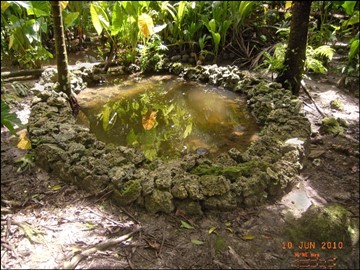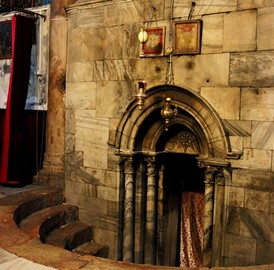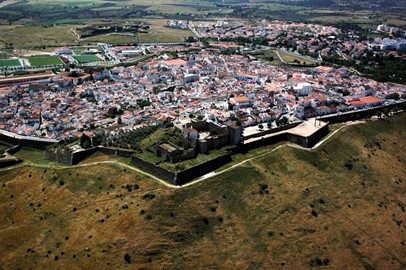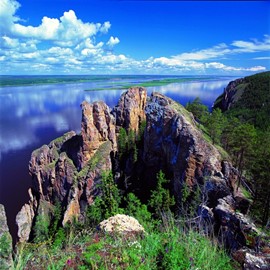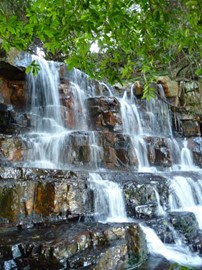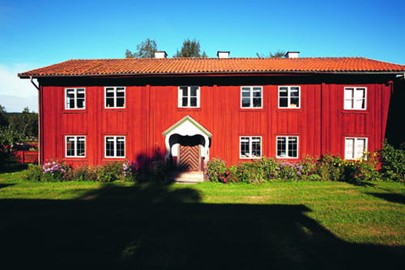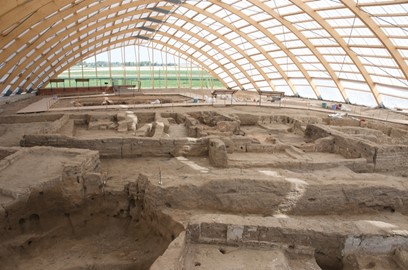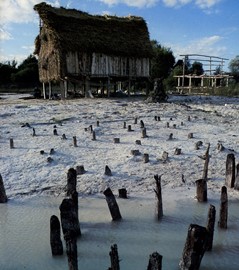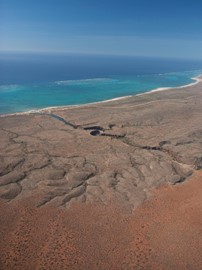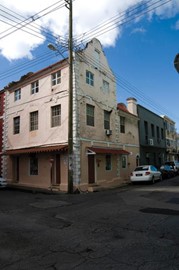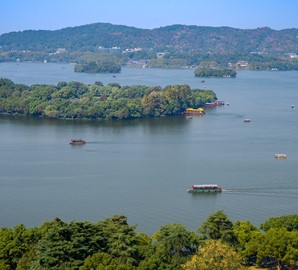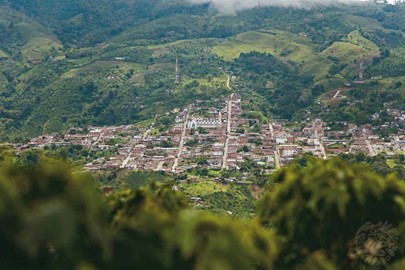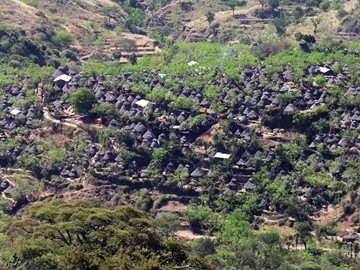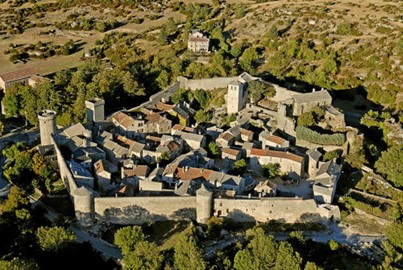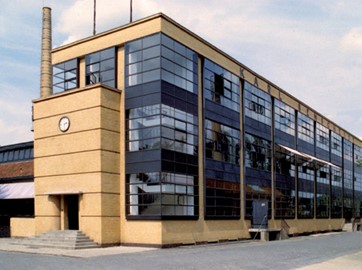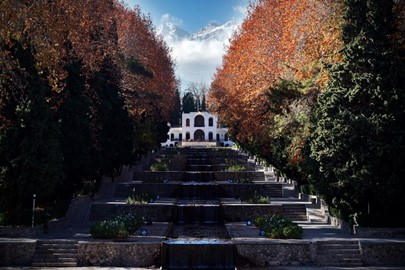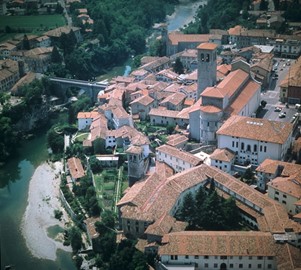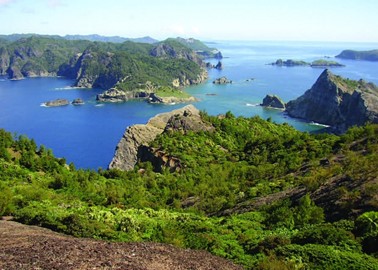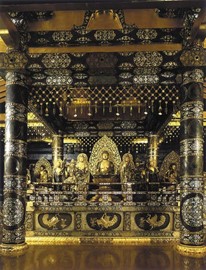search
Bali
The Cultural Landscape of Bali, a UNESCO World Heritage site, showcases a unique blend of natural beauty and cultural heritage shaped by the Balinese Hindu philosophy of Tri Hita Karana, emphasizing harmony between humans, nature, and the spiritual realm. This living heritage is reflected in its ancient rice terraces, water temples, and traditional irrigation systems known as subak, which have sustained agricultural practices for centuries. The site exemplifies a sustainable cultural ecosystem, preserved th... Read More
Masjed e Jamé
The Masjed-e Jāmé of Isfahan, a UNESCO World Heritage site in Iran, is an architectural masterpiece showcasing the evolution of Persian mosque design. This grand congregational mosque features intricate tilework, soaring domes, and expansive courtyards, reflecting centuries of Islamic art and engineering from the 8th to the 17th centuries. Renowned for its historical and cultural value, it stands as a testament to the ingenuity and aesthetic brilliance of its builders.
Gonbad e Qabus
Gonbad-e Qabus, a UNESCO World Heritage site in Iran, is an extraordinary 11th-century brick tower renowned for its architectural brilliance and historical significance. This 53-meter-tall mausoleum, built for the Ziyarid ruler Qabus ibn Wushmgir, features a conical roof and intricate geometric design, exemplifying early Islamic engineering. Set against a striking natural backdrop, it stands as a testament to Persian cultural heritage and ingenuity.
Mount Carmel
The Sites of Human Evolution at Mount Carmel, a UNESCO World Heritage site in Israel, encompass a series of prehistoric caves revealing critical evidence of early human development. These archaeological treasures, including the Nahal Me’arot caves, contain fossils, tools, and traces of fire use spanning over 500,000 years, illustrating the transition from Neanderthals to anatomically modern humans. The site offers profound insights into the cultural and biological evolution of humanity in a Mediterranean la... Read More
Lenggong Valley
Lenggong Valley, a UNESCO World Heritage site in Malaysia, is an archaeological treasure trove showcasing human history spanning over 1.8 million years. This prehistoric site features ancient stone tools, skeletal remains, and cave settlements, including the notable Perak Man, one of Southeast Asia’s oldest human skeletons, dated to around 11,000 years ago. Its well-preserved open-air and cave sites offer critical insights into early human migration, technology, and culture in a tropical environment.
Rabat
Rabat, Morocco’s capital, is a UNESCO World Heritage site renowned for its rich history and cultural landmarks. The city features well-preserved sites like the Kasbah of the Udayas, a 12th-century fortress, and the Hassan Tower, an unfinished minaret from the same era, alongside the adjacent Mausoleum of Mohammed V. Its historic medina blends traditional Moroccan architecture with French colonial influences, reflecting Rabat’s strategic role as a coastal and political hub. This combination of ancient monume... Read More
Rock Islands Southern Lagoon
Rock Islands Southern Lagoon, a UNESCO World Heritage site in Palau, is a stunning marine landscape featuring over 400 limestone islands covered in lush vegetation, surrounded by turquoise waters and vibrant coral reefs. This unique ecosystem supports an extraordinary biodiversity, including diverse marine life, rare species like the dugong, and extensive seagrass beds. Its geological formations, shaped by ancient coral reefs and erosion, offer a glimpse into millions of years of natural history. The site a... Read More
Bethlehem
Bethlehem, a UNESCO World Heritage site in Israel, is renowned as the birthplace of Jesus Christ, making it a significant religious and historical landmark. The city is home to the Church of the Nativity, a 4th-century basilica built over the traditional site of Jesus’ birth, which attracts pilgrims and tourists worldwide. Its well-preserved ancient architecture, including monasteries and bell towers, reflects its rich cultural heritage. Bethlehem’s historical importance and sacred sites have cemented its s... Read More
Elvas
The Garrison Border Town of Elvas and its Fortifications, a UNESCO World Heritage site in Portugal, is a remarkably preserved example of a fortified frontier town. Extensively developed between the 17th and 19th centuries, it features the world’s largest bulwarked dry-ditch system, including star-shaped walls, outlying forts, and the impressive Amoreira Aqueduct, designed to sustain long sieges. Its military architecture, influenced by Dutch, Italian, and French theories, reflects Portugal’s strategic defen... Read More
Lena Pillars
Lena Pillars, a UNESCO World Heritage site in Russia, is a stunning geological formation featuring towering, naturally sculpted rock columns along a riverbank. These ancient limestone pillars, some reaching up to 150 meters in height, were formed over millions of years through erosion and weathering, offering a unique glimpse into Earth's distant past. The site also holds cultural significance, with archaeological evidence of early human activity and its revered status among local indigenous communities. It... Read More
Bassari Country
Bassari Country, a UNESCO World Heritage site in Senegal, is a well-preserved cultural landscape showcasing the traditions of the Bassari, Fula, and Bedik peoples. Nestled in a remote region, it features traditional villages with circular thatched huts, terraced fields, and sacred sites that reflect a harmonious blend of human activity and the natural environment. Recognized in 2012, this site highlights unique agro-pastoral practices, social customs, and spiritual beliefs that have endured for centuries, o... Read More
Farmhouses of Halsingland
The Farmhouses of Hälsingland, a UNESCO World Heritage site, are a collection of seven well-preserved timber farmhouses from the 19th century, showcasing a unique blend of rural architecture and folk art. Built by prosperous farmers, these homes feature elaborately decorated interiors with vibrant paintings and stencils, reflecting influences from Baroque and Rococo styles. Designated in 2012, they represent the peak of a centuries-old timber-building tradition and the social status of their owners. Many ar... Read More
Çatalhoyuk
The Neolithic Site of Çatalhöyük, a UNESCO World Heritage site in Turkey, is one of the world’s oldest known human settlements, dating back to around 7500–5700 BCE. This prehistoric village is renowned for its well-preserved mudbrick houses, intricate wall paintings, and evidence of early agriculture and religious practices, offering a rare glimpse into Neolithic life. Its unique layout, with homes accessed via rooftops and no streets, reflects an egalitarian community that thrived for over a millennium. Ça... Read More
Prehistoric Pile Dwellings
The Prehistoric Pile Dwellings around the Alps, a UNESCO World Heritage site in Europe, recognized in 2011, are 111 archaeological sites across six countries—Austria, France, Germany, Italy, Slovenia, and Switzerland—dating from 5000 to 500 BCE. These ancient lakeside villages, built on stilts over water or wetlands, feature wooden remains and artifacts revealing Neolithic and Bronze Age life. This transnational network reflects Europe’s early settlement ingenuity, offering a rare glimpse into prehistoric a... Read More
Ningaloo Coast
The Ningaloo Coast, a UNESCO World Heritage site in Australia, is a pristine marine and terrestrial landscape renowned for its vibrant coral reef and biodiversity. Fringed by turquoise waters, it hosts an array of marine life, including whale sharks, manta rays, and colorful fish, thriving along its accessible shorelines. Limestone cliffs and arid hinterlands contrast with the underwater spectacle, showcasing unique ecosystems. This untouched coastal gem offers a rare blend of natural beauty and ecological ... Read More
Bridgetown
Bridgetown, a UNESCO World Heritage site in Barbados, is a historic port city renowned for its well-preserved colonial architecture and maritime legacy. Founded in the 17th century, its colorful buildings, Georgian-style garrison, and fortifications reflect its role as a key British trading hub in the Caribbean. Cobblestone streets and waterfront structures evoke centuries of cultural exchange and military history. This vibrant urban landscape stands as a testament to Barbados’ colonial past and its endurin... Read More
West Lake
West Lake, a UNESCO World Heritage site in China, is a serene landscape of tranquil waters, graceful bridges, and ancient pagodas that have inspired poets and artists for centuries. Surrounded by lush hills and dotted with temples and gardens, it reflects traditional Chinese ideals of harmony between humans and nature. This iconic site blends natural beauty with profound cultural heritage.
Coffee Cultural Landscape
The Coffee Cultural Landscape of Colombia, a UNESCO World Heritage site, is a living testimony to the cultural traditions and sustainable practices of coffee cultivation. Shaped by generations of small-scale farmers, it showcases a harmonious blend of natural beauty, iconic architecture, and rich cultural heritage, reflecting Colombia's deep connection to coffee production and its global significance.
Konso
Konso, a UNESCO World Heritage site in Ethiopia, is a cultural landscape of terraced hills and fortified villages crafted by the Konso people over centuries. Known for its intricate stone walls and wooden totems, it reflects a sustainable agrarian society. This site showcases Ethiopia’s living heritage and ingenuity.
Causses and the Cévennes
The Causses and the Cévennes, a UNESCO World Heritage site in France, is a vast pastoral landscape of limestone plateaus and rugged mountains. Shaped by centuries of agro-pastoral traditions, it features ancient stone villages, terraces, and grazing lands. This region reflects a harmonious balance between humans and nature, rooted in medieval practices. Its dramatic scenery includes deep gorges and rolling hills, rich with biodiversity. The site preserves a unique cultural heritage tied to sustainable land ... Read More
Fagus Factory
The Fagus Factory, a UNESCO World Heritage site in Germany, is an iconic early modernist building designed by architect Walter Gropius in 1911. Constructed primarily of glass, steel, and brick, it served as a shoe factory and revolutionized industrial architecture with its innovative use of large windows and open interior spaces. The structure reflects the Bauhaus movement’s emphasis on functionality, simplicity, and the integration of art and industry. Today, it stands as a testament to architectural progr... Read More
Persian Garden
The Persian Garden, a UNESCO World Heritage site in Iran, exemplifies a timeless design of landscaped gardens that blend natural beauty with architectural elegance. Featuring symmetrical layouts, water channels, fountains, and lush vegetation, these gardens symbolize paradise in Persian culture and have influenced garden design worldwide. Recognized for their historical and aesthetic value, they reflect ancient engineering and an enduring reverence for nature.
Longobards in Italy
The Longobards in Italy, a UNESCO World Heritage site, comprises a series of seven well-preserved sites showcasing the architectural and artistic legacy of the Germanic Longobard kingdom from the 6th to 8th centuries. These include fortified structures, churches, and monasteries, such as the Basilica of San Salvatore and the Tempietto Longobardesco, reflecting a fusion of Roman, Christian, and Germanic influences. Recognized for their historical value, these sites illustrate the Longobards’ role in shaping ... Read More
Ogasawara Islands
The Ogasawara Islands, a UNESCO World Heritage site in Japan, form a remote subtropical archipelago renowned for their unique biodiversity and evolutionary significance. These volcanic islands host over 440 species of native plants and rare endemic wildlife, such as the Bonin flying fox, thriving in isolation from mainland influences. Their pristine beaches, coral reefs, and rugged landscapes highlight a natural laboratory of ecological adaptation and geological history.
Hiraizumi
Hiraizumi, a UNESCO World Heritage site in Japan, is renowned for its well-preserved 11th- and 12th-century Buddhist temples and gardens, reflecting the ideals of Pure Land Buddhism. Key landmarks include the Chuson-ji Temple with its ornate Golden Hall and the Motsu-ji Temple’s tranquil pond garden, both exemplifying medieval Japanese architecture and spiritual heritage. This historic site offers a glimpse into a prosperous cultural era shaped by the powerful Fujiwara clan.
